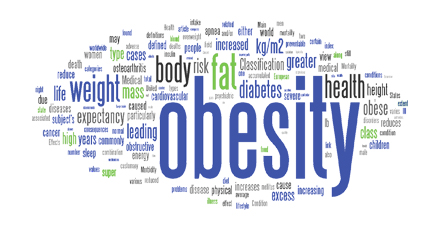
Reproductive Toxicology, October 2016
Metabolism Disrupting Chemicals and Metabolic Disorders
Jerrold J. Heindel a , Bruce Blumberg b , Mathew Cave c , Ronit Machtinger d , Alberto Mantovani e , Michelle A. Mendez f , Angel Nadal g , Paola Palanza h , Giancarlo Panzica i , Robert Sargis j , Laura N. Vandenberg k , Frederick vom Saal l
The recent epidemics of metabolic diseases, obesity, type 2 diabetes(T2D), liver lipid disorders and metabolic syndrome have largely been attributed to genetic background and changes in diet, exercise and aging. However, there is now considerable evidence that other environmental factors may contribute to the rapid increase in the incidence of these metabolic diseases.
This review will examine changes to the incidence of obesity, T2D and non-alcoholic fatty liver disease (NAFLD), the contribution of genetics to these disorders and describe the role of the endocrine system in these metabolic disorders. It will then specifically focus on the role of endocrine disrupting chemicals (EDCs) in the etiology of obesity, T2D and NAFLD while finally integrating the information on EDCs on multiple metabolic disorders that could lead to metabolic syndrome.
We will specifically examine evidence linking EDC exposures during critical periods of development with metabolic diseases that manifest later in life and across generations.
Keywords
endocrine disruptors; obesogens; metabolism disruptors; developmental origins of health and disease; obesity; diabetes; lipid disorders







